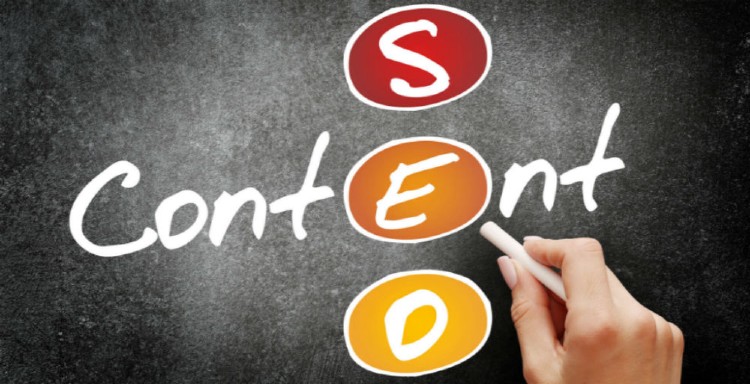On-page SEO is the process of optimizing your website’s content and elements such as keywords, titles, good URLs, photos, and other elements. For more information buy SEO Services. If you want to rank high on search engines like Google, you need to have effective on-page SEO, and in this post, we’ll go through the four most important on-page SEO factors:

1. The most crucial on-page SEO component is quality content.
The most significant aspect of SEO is the material you provide. All information for your blog or website should be unique, not rewritten or worse, copied and pasted from other sites. Search engines can readily tell if your content is stolen or poorly constructed when they’re reading it, and both will result in a low ranking or a ban.
However, having unique material is useless if no one can find it. Remember to include both the keywords and related keywords in your texts while avoiding keyword stuffing, which is a cheap method used by websites to rank themselves when their material has no genuine worth. You shouldn’t just write for the sake of having material on your site, especially not if it won’t bring any value in the first place. It doesn’t matter how well-structured an article is, how excellent the grammar is, or how well-used keywords are if no one wants to read it.
2. Title tag
Simply explained, the title tag is the title of your website as it appears in search results. The title page is the component of the Google search results that contain the name of the article that you click. The article’s title is what gets visitors to click on it. It relies on how relevant it is to their search whether they click it or not, so make it as relevant as possible. When an article is shared on social media or other websites, the title tag is displayed on search engine results pages. The H1 tag, on the other hand, is the title of your website’s article. When an article is shared on social media or other websites, the title tag is displayed on search engine results pages. The H1 tag, on the other hand, is the title of your website’s article.

3. Meta description
The so-called Meta description appears beneath the title tag and the URL of a search results page’s Meta description might influence whether or not people click on it, so make very clear statements adding the best keywords and paragraphs that can represent your content precisely. A perfect Meta description is very important for your website as it encourages the growth and ranking of Google. Things are sometimes beneficial to keep it short and basic while yet attempting to convey information about the website.
4. Expertise Format (Super ON-Page SEO factor)
Now that you’ve got your content and understand the difference between a title and an H1 tag, it’s time to structure your page appropriately, which includes using a heading and subheadings. Your page can only have one header, which is the title of your text, as previously stated. Subheadings, on the other hand, can have as many as you like. It’s a good idea to employ them wherever possible because they offer your content structure. Additionally, ensure that your paragraphs are not too long and are appropriately separated, as shorter paragraphs are easier to read and understand. You just have to use italics and bold text and you can also underline the key important words.
Therefore, these are the most important On-Page SEO factors which are important for website growth and gaining more traffic online.


